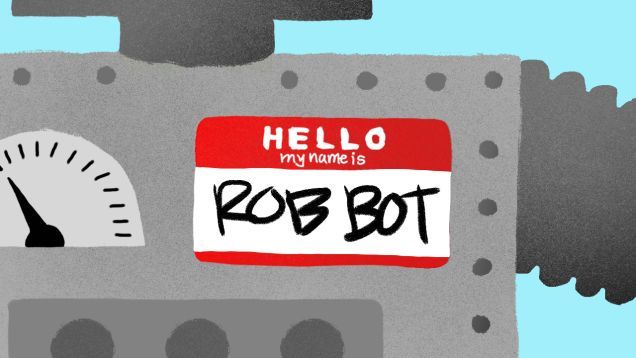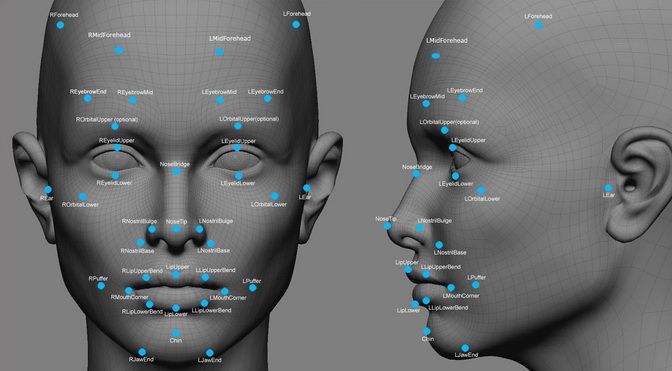Are you the kind of person who spends a lot of time pondering when machine learning will finally give us humans a run for our money? Or exactly how the technology behind a pulse simulator works? We had a feeling you might be. So what other questions or ideas about the future of technology keep you up at night? This is your chance to have them answered/discussed by two leaders in the field of future tech: Brain Games host and futurist Jason Silva and Matt Grob, CTO of Qualcomm and holder of more than 70 patents relating to wireless communication and cell technology.








